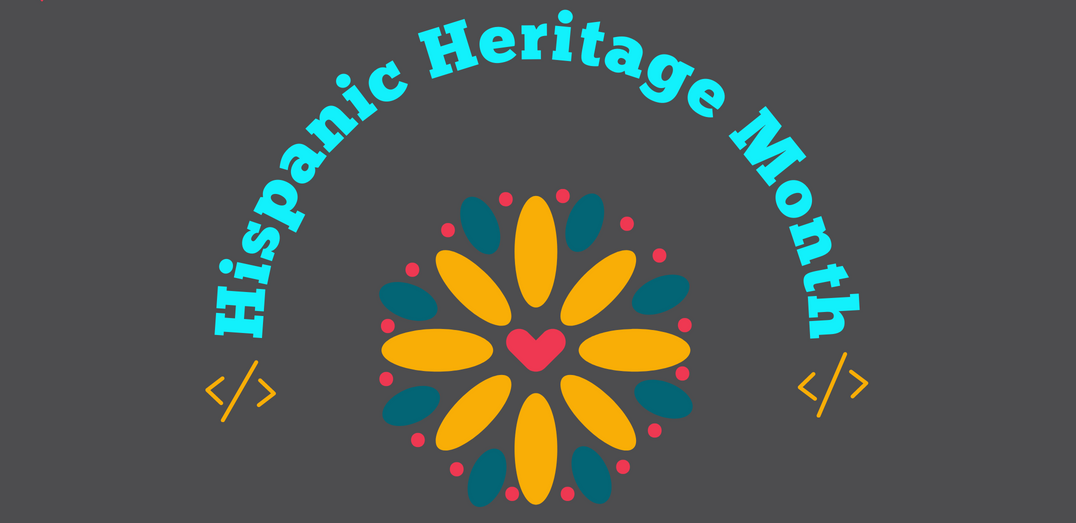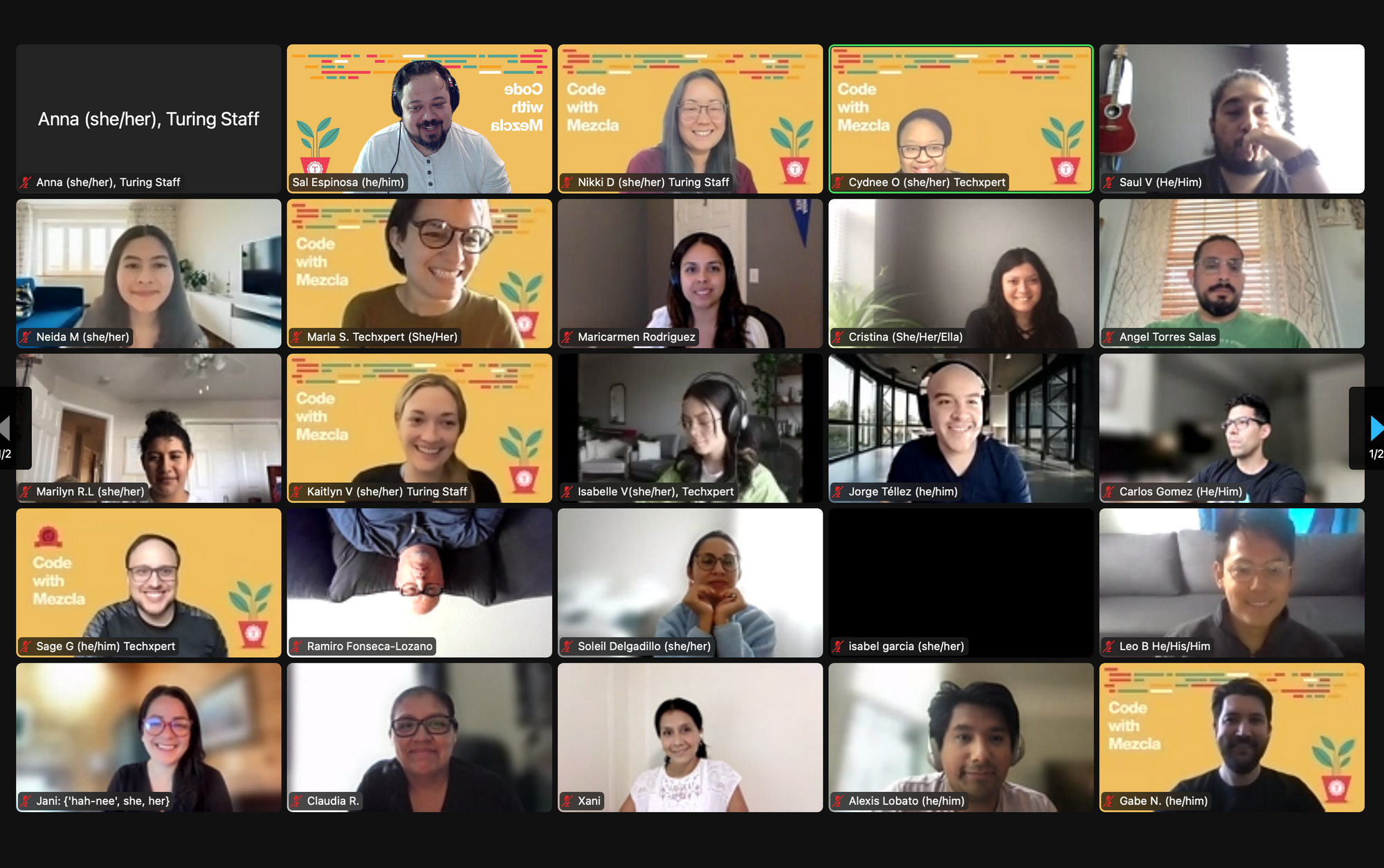How Can We Make Tech More Accessible for Latino and Hispanic Professionals?

Hispanic and Latino scientists have made huge contributions to medicine, physics, botany, microbiology, space exploration and beyond. Today, high-profile STEM professionals like Laura I. Gomez, Scarlin Hernandez and Stephanie Castillo inspire new generations of Hispanic, Latino and Chicano students to pursue careers in computer programming, software development and engineering. Each day at Turing we’re proud to create a sense of belonging for under-represented students who go on to shake up the tech industry in more ways than one.
A 2016 report prepared by Google found that Hispanic students were 1.7 times more likely than white students to be curious about computer science education despite access to few technological resources at home and in schools. Still, STEM fields continue to lag on racial parity despite increasing efforts in the tech industry to emphasize diversity and inclusion.
A 2021 Pew Research study found that while 17% of the total U.S. workforce is Hispanic, only 8% of STEM workers are Hispanic. The numbers are similar for Hispanic students participating in STEM higher education programs—while 15% of all U.S. college graduates in 2018 earned a STEM-related degree, that number dropped to 12% for Hispanic graduates.
So how does a higher interest in computer science and technology translate to fewer students pursuing college degrees that would prepare them for careers in those fields?
The numbers look much different when you look at overall higher education enrollments for Hispanic and Latino students. In 2020, the Postsecondary National Policy Institute (PNPI) found that 21.8% of undergraduates identified as Hispanic or Latino—the second largest ethnic group represented in higher ed. Of those pursuing a college degree, the majority chose two-year institutions over four-year, nonprofit and for-profit colleges.
The same study found that a greater number of Latino and Hispanic students are the first generation in their families to attend college than other demographics, and are also more likely to receive financial aid such as federal student loans and Pell grants. Programs like Turing that are less expensive and get students into the workforce more quickly are particularly appealing, regardless of the subject matter studied.
So how can more Hispanic and Latino students be encouraged to pursue that early interest in STEM and turn it into a potentially well-earning career? At Turing School, it’s about creating spaces where students connect and collaborate with one another and mentors while building their programming skills.
Code schools like Turing, for example, don’t require four or even two years to complete. Graduates of the front-end and back-end development programs typically see a 100% jump in salary after the nine-month program. Our Q2 2022 Jobs and Hiring Report found that the median starting salary for Turing graduates is $89,000, with 75% of the jobs offered being fully remote.
Many code schools also have an emphasis on support for non-traditional students as well as diversity and inclusion initiatives intended to help increase industry parity over time. Turing, for example, has developed the Mezcla Student Circle—it’s just one of many identity groups where students can connect, celebrate and commiserate. Institutions with an emphasis on inclusivity also help students connect with organizations like Techqueria—a nonprofit that serves the largest global community of Latino professionals in the tech industry—that will continue to support them as they transition into their tech careers.

The greater ability of code school students and computer science professionals to study and work remotely increases the accessibility and appeal of this field. Microsoft’s 2021 Work Trend Index found that Black and Latino workers “are more likely than white workers and men to say they prefer remote work.”
That may be in part because of greater responsibilities at home—particularly for Latina women, who left the workforce in droves during the COVID-19 pandemic according to the UCLA Latino Policy and Politics Institute. Other studies have also found that many minorities prefer remote work because it reduces opportunities for microaggressions or cultural friction in the workplace.
This Hispanic Heritage month, the Turing community honors the accomplishments of Latino tech heroes like Alvaro Celis, Victor Delgado and Maria Teresa Arnal who have achieved top leadership positions at blue-chip tech companies like Microsoft, Citi Bank and Google. They represent a small slice of the rich history of contributions Hispanic and Latino professionals have made to the tech industry. And we look forward to a future with an even more diverse STEM workforce.
Turing School is committed to supporting our students and alumni with coding education for the real world. Learn more about our admissions and application process here.

